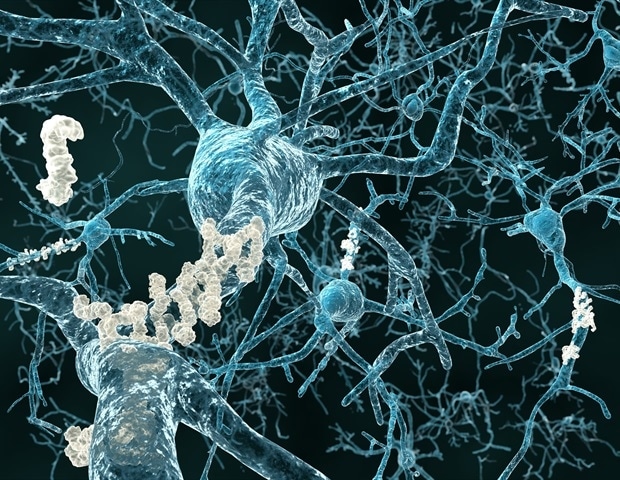
Regular exercise, like resistance training, can treat Alzheimer’s patients by preventing the disease or at the very least delaying the onset of symptoms. This is the conclusion of a piece written by Brazilian researchers affiliated with the Federal University of So Paulo( UNIFESP ) and U.S.P. that was published in Frontiers in Neuroscience.
Long daily runs and other high-intensity aerobic exercises are the focus of the majority of scientific studies on Alzheimer’s, despite the fact that older people and dementia patients are unlikely to be able to do these activities. Resistance exercise is advised by the World Health Organization( WHO ) as the most effective way to improve posture, train balance, and prevent falls. Resistance exercise is regarded as a crucial method to increase muscle mass, strength, and bone density as well as to enhance overall body composition, functional capacity, balance, as it involves contracting specific muscles in response to an external resistance. Additionally, it aids in preventing or reducing sarcopenia( muscle atrophy ), which makes carrying out daily tasks simpler.
Researchers from UNIFESP’s Departments of Physiology and Psychobiology as well as the Department of Biochemistry at the Institute of Chemistry ( IQ – USP ) carried out experiments on transgenic mice with a mutation that causes the accumulation of beta-amyloid plaques in the brain in order to observe the neuroprotective effects of this practice. The protein builds up in the central nervous system, damages neurons, and interferes with synaptic connections, all of which are symptoms of Alzheimer’s disease.
The mice were taught to climb a 110 cm ladder with an 80 ° and 2 cm slope between the rungs during the study, which was supported by FAPESP. Their tails were loaded with loads that made up 75 %, 90 %, and 100 % of their total body weight. The experiment modeled various forms of resistance training used by people in fitness facilities.
Blood samples were collected at the conclusion of a four-week training period to measure plasma levels of corticosterone, the hormone in mice that is comparable to cortisol in humans and whose rising levels in response to stress increase the risk of Alzheimer’s. In the exercise-trained mice, levels of the hormone were normal( equal to those in the control group, which included animals without the mutation ), and an examination of their brain tissue revealed a decrease in beta-amyloid plaque formation.
This demonstrates that exercise can undo neuropathological changes that result in the disease’s clinical symptoms.
The article’s first author, Henrique Correia Campos,
According to Deidiane Elisa Ribeiro, co-first author of the article and a researcher at IQ-USP’s Neuroscience Laboratory,” We also observed the animals’ behavior to assess their anxiety in the open field test ,” which measures avoidance of c-sections, the most stress-inducing area ,” and found that resistance exercise reduced hyperlocomotion to similar levels to the controls among mice with the phenotype associated with Alzheimer. Early signs of Alzheimer’s and other types of dementia include agitation, restlessness, and wandering.
Resistance training is becoming more and more proven to be a successful method for preventing the emergence of sporadic Alzheimer’s symptoms, which are multifactorial and may be linked to aging, or to postpone their onset in familial dementia. The anti-inflammatory properties of resistance exercise may be the primary cause of this effectiveness, according to Beatriz Monteiro Longo, the article’s final author and a professor of neurophysiology at UNIFESP.
a review of the books
The animal model study was based on a review of the literature in Frontiers in Neuroscience, where the same UNIFESP team compiled clinical evidence demonstrating that resistance exercise can be an affordable alternative or adjuvant therapy for Alzheimer’s patients. This evidence included positive effects on cognitive dysfunction, memory deficit, and behavioral problems.
The study also included researchers from the Federal Universities of Rio Grande do Norte( UFRN ) and Ouro Preto in Brazil.
Alzheimer’s disease affects more people than just the patient. According to Caroline Vieira Azevedo, the first author of the review article and a graduate student at UNIFESP,” the entire family is affected, especially in low-income households.” Both articles provide details that can be used to inspire the development of public policies. Consider the cost savings if older patients’ onset of symptoms is delayed by ten years.
The So Paulo Research Foundation( FAPESP )
